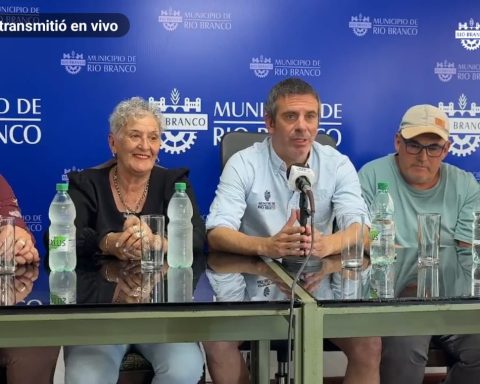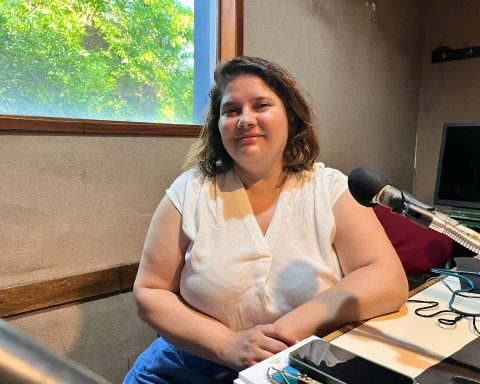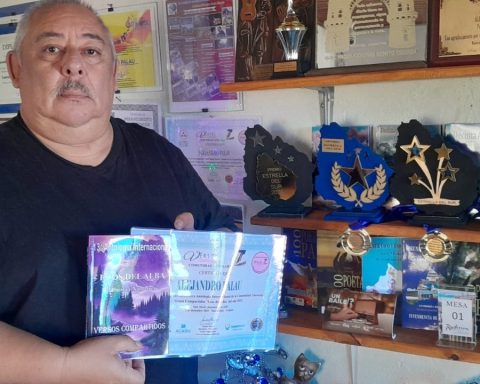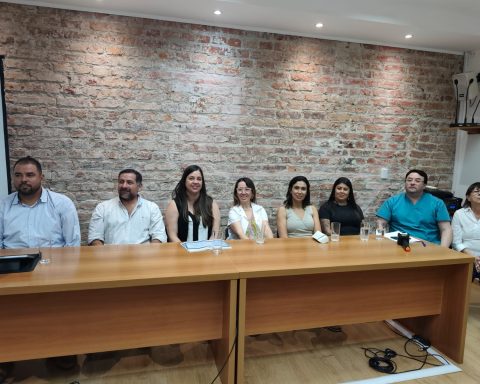In the course of this second semester Ancap will make a first international call with the objective of assigning areas for the installation of wind farms in the sea, focused on the production of green hydrogen or derivatives on a large scale for export.
Last week, Ancap’s Energy Transition manager, Santiago Ferro, stated at the Sustainable Uruguay Expo that “Uruguay has a sufficiently broad platform for the installation of mills on the seabed.” In this sense, he pointed out that in the second half of the year six areas will be offered to companies interested in investing.
In this way, the public company seeks to promote a long-term program to attract private investment from large international companies through different incentives, and without risk to the State.
Last year, 10 offshore blocks had been outlined for this purpose. This time it is expected to offer only a part of those blocks. One advisory that the entity received from the World Bank shared the idea of making a first offer to position the country, but without bidding on all the blocks to “not clog the market.”
New skills of Ancap
Ancap already had everything ready from a technical point of view last year to move forward, but there were still regulatory aspects that depend on the Executive Power.
Days ago, in a workshop with journalists, the entity’s president, Alejandro Stipanicic, told The Observer “That everything is agreed with the Executive Branch and following the administrative procedure” to bid on some blocks.
For this to be possible, in the Accountability Act of 2021 the expansion of the legal powers of Ancap was defined, which now has as an additional task the production, distribution, commercialization, import and export of green hydrogen and derivatives (synthetic fuels, methanol, ammonia, hydrogen-bearing organic liquids, among others), under a free competition regime.
The defined areas in the sea have a potential of 3 GW of energy production. And the hydrogen production capacity is equivalent to 200,000 tons per year.
Ferro stressed weeks ago that one of the “paradigms” of this project is the “flexibility of development.” “We are talking about hydrogen or derivatives, about the possibility of generating energy in the sea, but producing hydrogen on land or it can all be focused on the sea. This flexibility is precisely one of the strengths of the project and it is one of the things that developers are most interested in, ”he pointed out during a conference organized by Arpel.
the roadmap
The proposed business model is very similar to the one that exists today for oil and gas exploration.
as reported The Observer, Uruguay will offer the blocks in the sea for free and will place requirements for compliance with work plans and environmental regulations. The contract model that will be proposed in the international calls will include different stages of investigation and analysis, so that energy companies carry out feasibility studies and can evaluate the potential of the areas.
These evaluation periods may be extended between 2 and 10 years, before a company has to decide whether to move on to an investment and development stage to produce in the awarded area. Ancap could eventually be associated with a project when a development plan is presented.
These are projects whose completion requires million-dollar disbursements estimated at between US$2,000 and US$3,000 million, and which are tied to a previously assured demand for products.

















